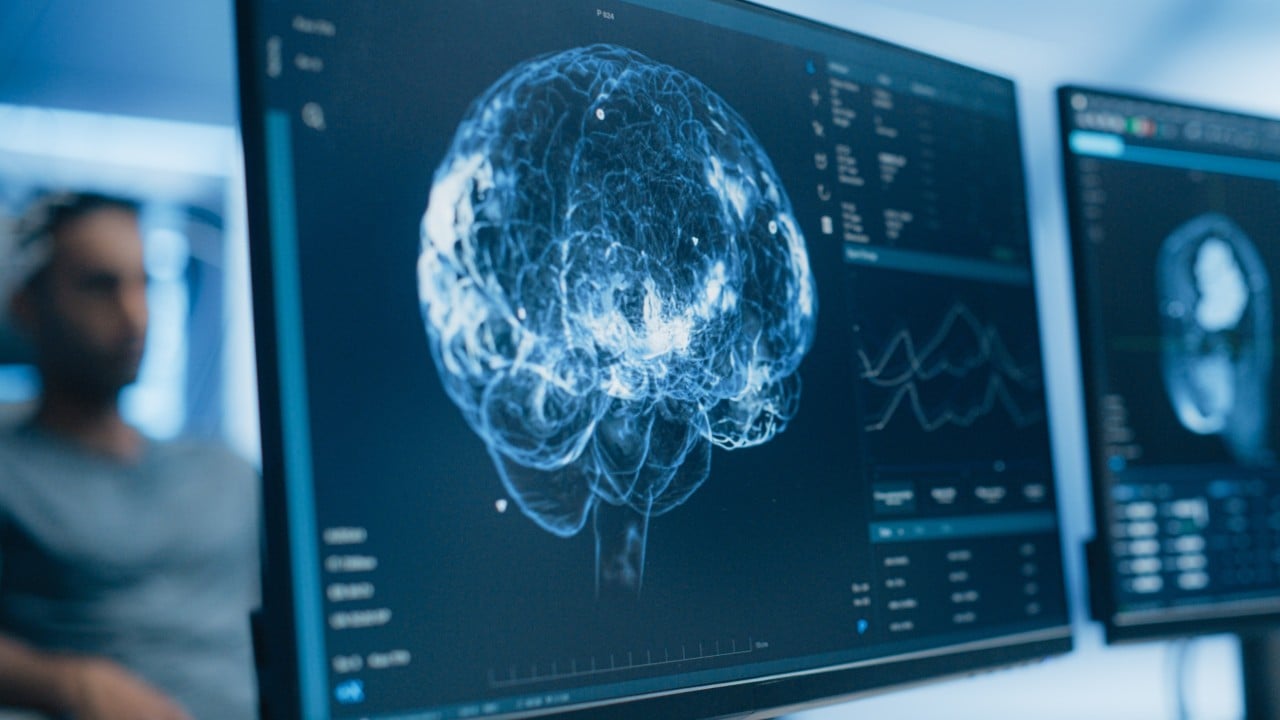Chinese and French scientists have developed an extremely detailed blueprint of the crab-eating macaque’s claustrum, an elusive brain region believed to play a role in consciousness.
Advertisement
The detailed map of connections between nerve cells in the macaque claustrum and the rest of the brain could help us understand how this region and its different cell types play a role in cognitive functions, such as memory integration and abstract thinking.
The team also revealed significant differences in the structure and cell types of macaque and rodent claustrums, which could provide clues to help investigate the evolutionary mechanism behind consciousness.
“A single-cell spatial transcriptome atlas and a whole-brain connectivity map of macaque claustrum are generated,” the team said in a paper published in the peer-reviewed journal Cell on April 3.
The claustrum is a thin sheet of neurons – nerve cells that send messages around the body – and supporting cells in the brain which connect to the cerebral cortex as well as subcortical regions of the brain, like the hippocampus.
Research into the brain region has revealed that it plays a role in brain functions such as sleep regulation, depression, behavioural engagement, cognitive control and consciousness.
Advertisement
There is still no scientific consensus about how consciousness is generated and why human awareness differs from other animals, though this ability must come from some action in the brain.
While the claustrum is known to orchestrate brain functions via connections with numerous brain regions, its molecular and cellular organisation have been poorly understood.


